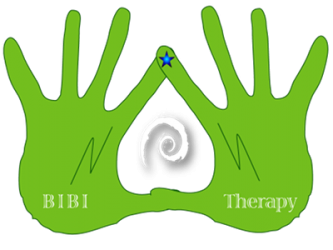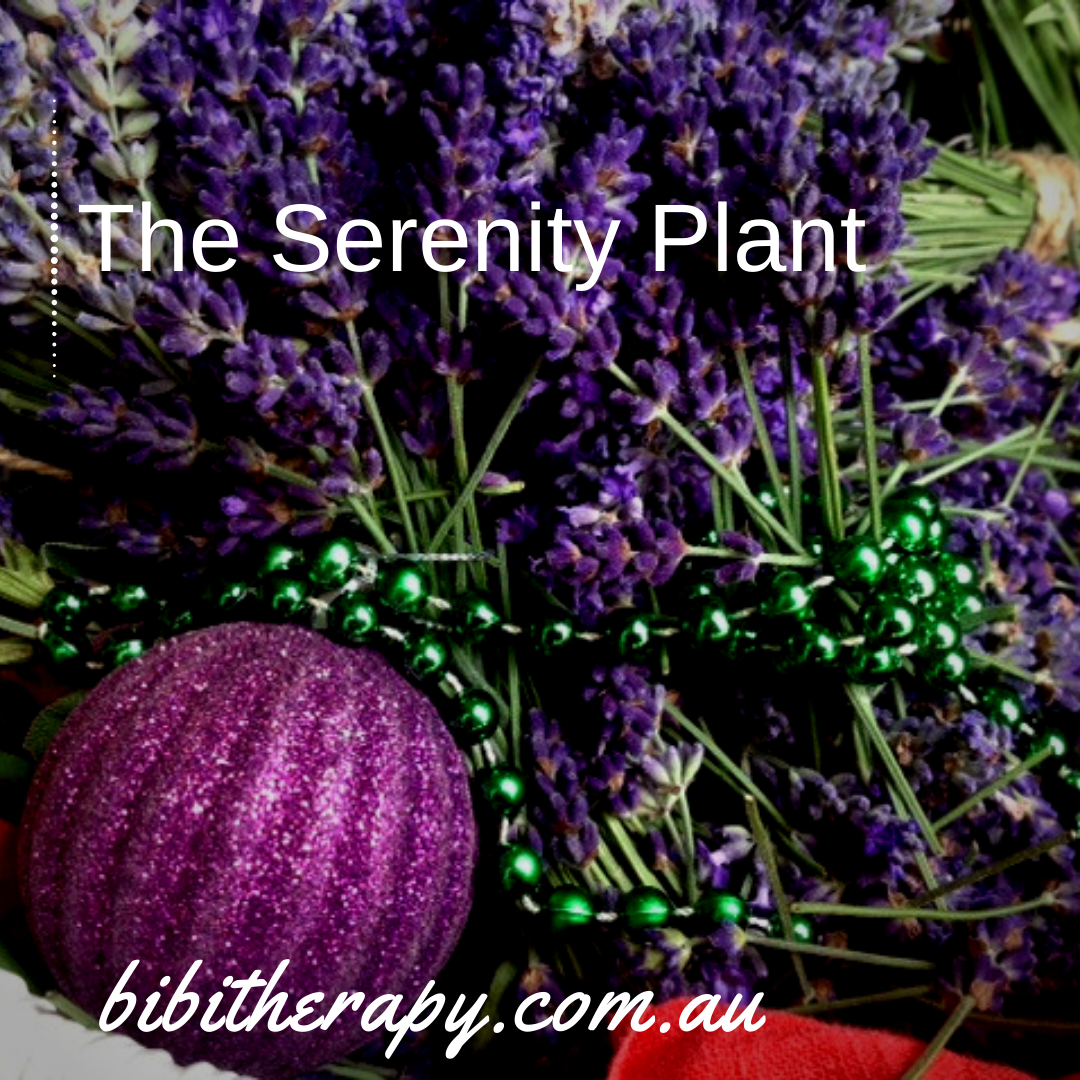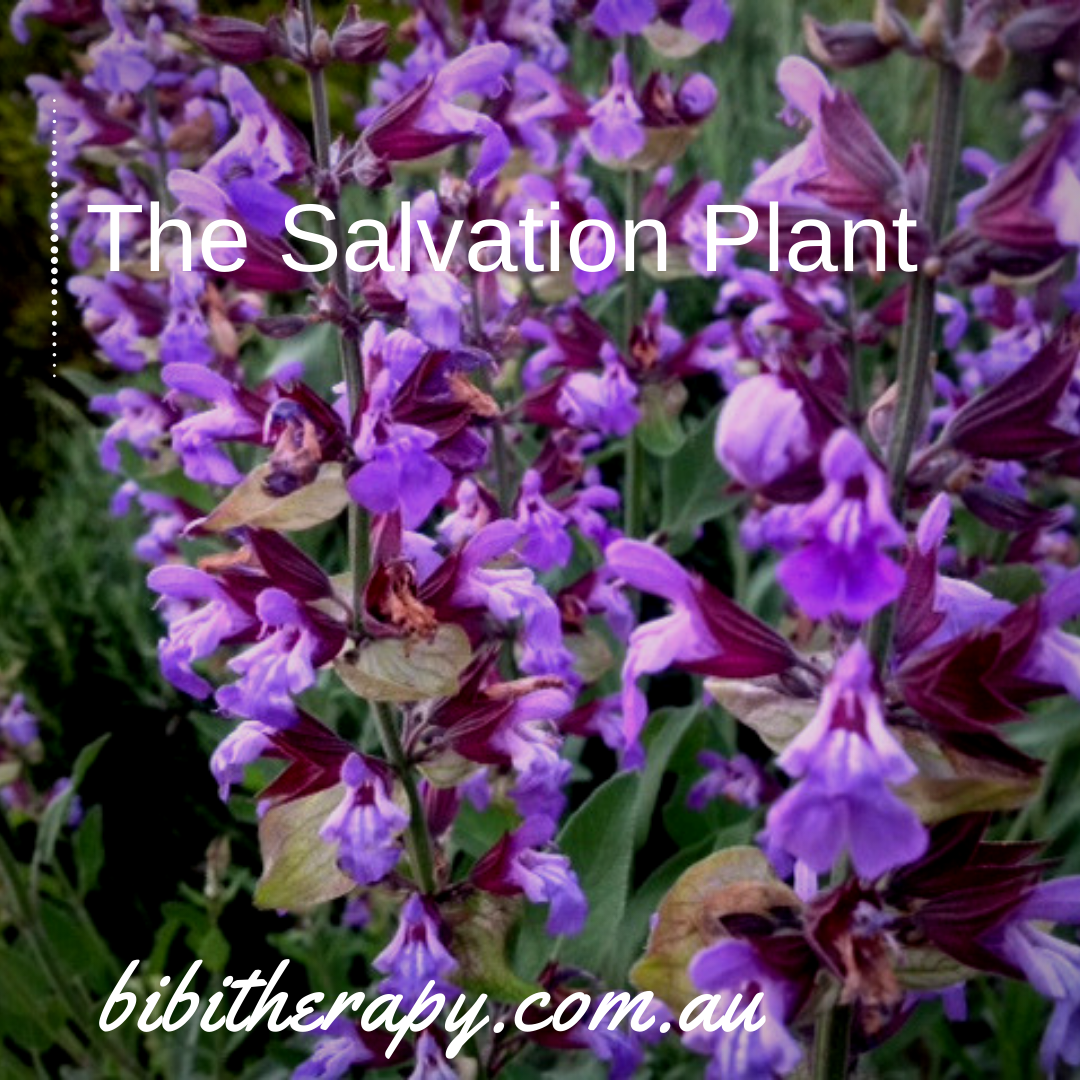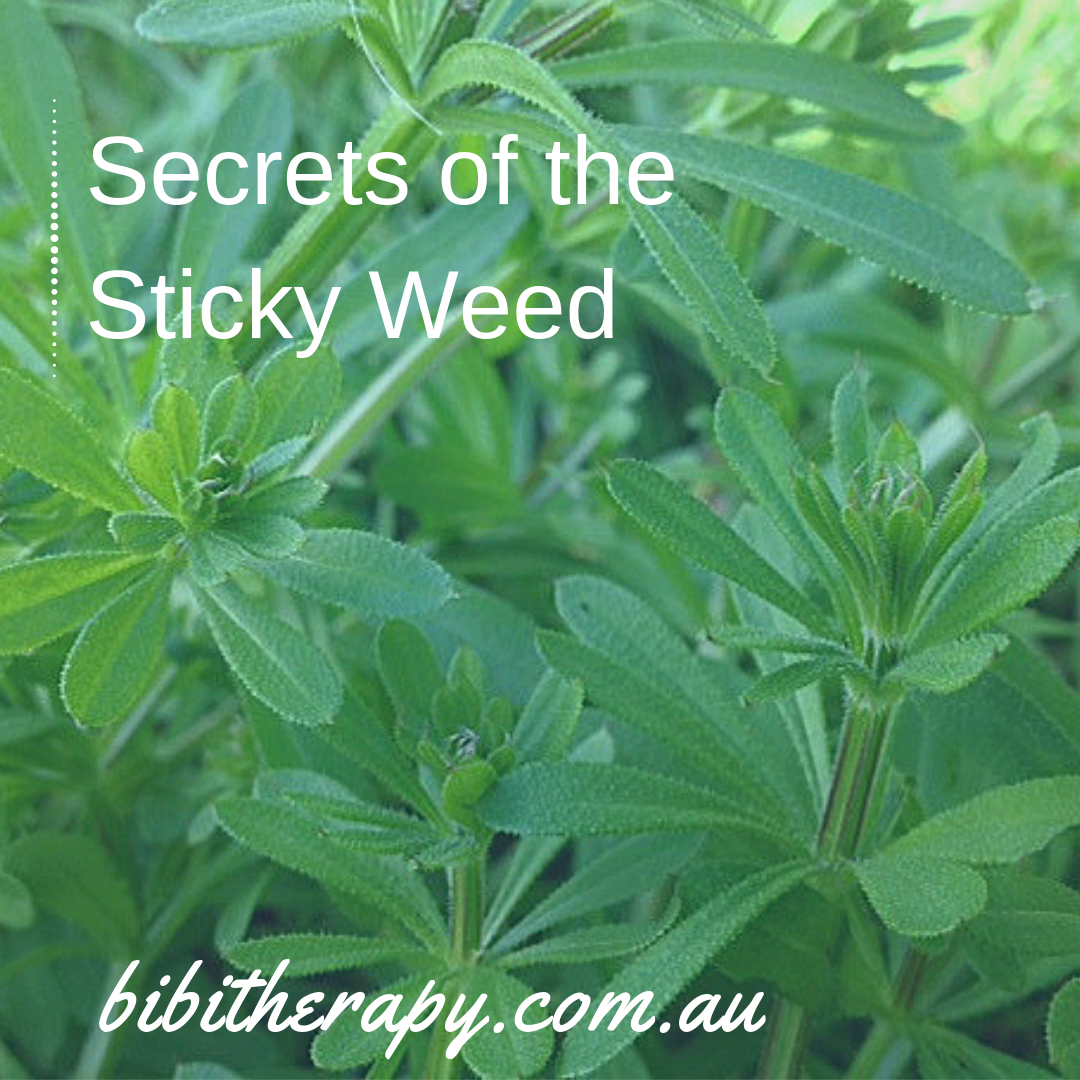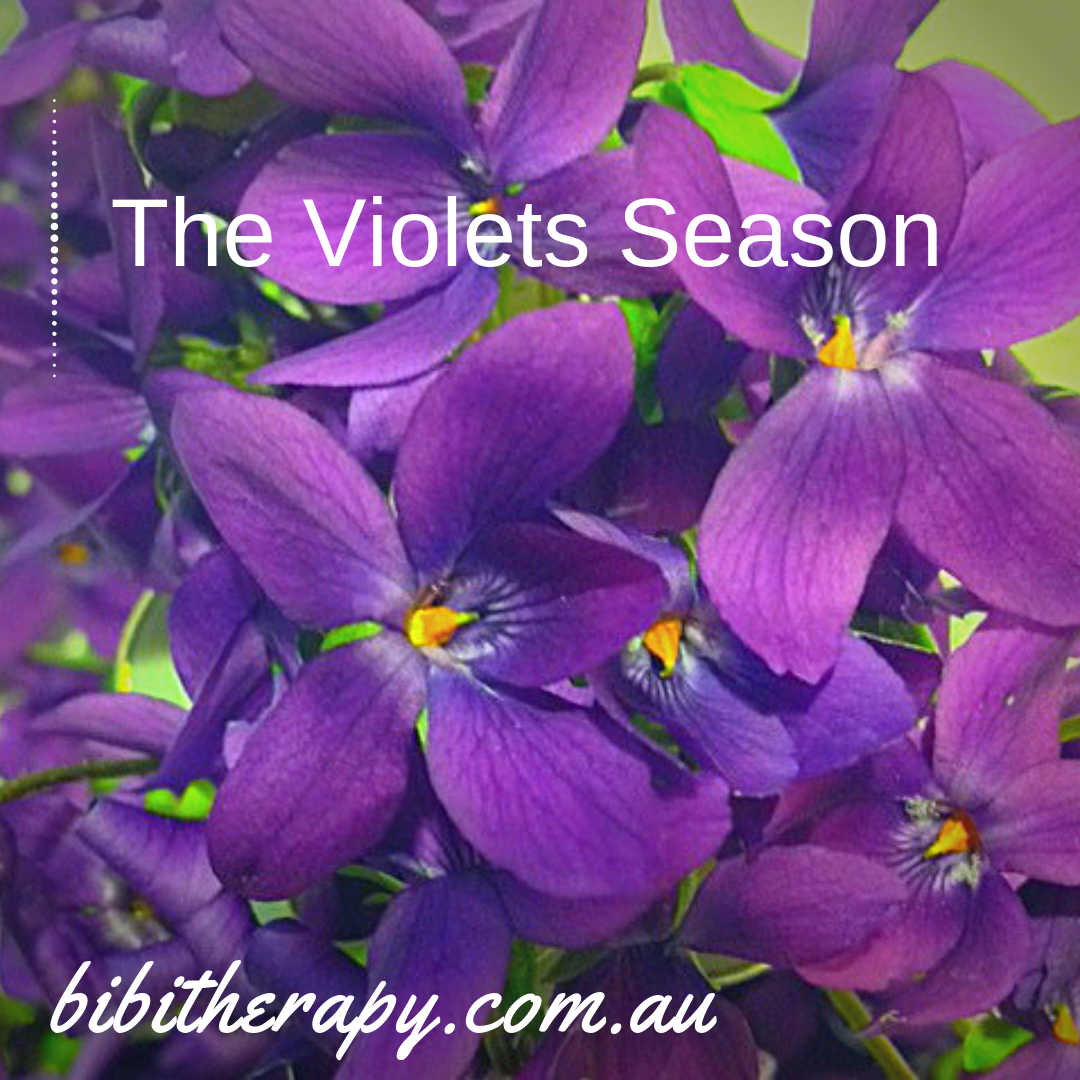Lavender: the most magical of all herbs enchants the olfactory system as well as the visual system. It makes the last month of the year be filled with its grace and beauty. Symbol of serenity, purity, silence, devotion, and calmness, lavender speaks of elegance and refinement from fragrance to its marvelous colour spectrum.
There are many varieties of Lavender. This blog will only consider the Lavandula angustifolia family, although even this includes hundreds of hybrids and cultivars.
Properties: Historically, the plant has been valued for its beauty and soothing properties. This timeless herb has limitless possibilities when it comes to healing, due to its major chemical components linalool and linalyl acetate. Some minor components can also be found in lesser percentage and include cineole, terpines and sometimes camphor. Therapeutically, Lavender has impressive qualities (Koulivand et al 2013):
- Adaptogen, less known
- antiseptic,
- anti-depressant, sedative,
- prevents scarring,
- as well as it is capable of many important jobs for the whole body (skin, muscular and digestive ailments to nervous disorders).
Benefits: In the following you will discover two of the least known benefits of this marvelous plant.
#1 Lavender as Adaptogen
This is one of the less known properties that lavender possesses: it can either bring balance to the nervous system either by energising or sedating.
Adaptogens are a group of herbs that helps us manage stress as we encounter it. Although this classification is often complicated and the time allocated to this blog does not permit to go into too much detail. Generally, adaptogens help the body build up resilience to stressful situations. They do so by adjusting the hormone levels and acting on the hypothalamic-pituitary-adrenal axis, so that one’s body may remain in constant balance. However the complete mechanism is much more complex. In short: Lavender seems to adapt to the needs of the person using it.
How to use: a few drops of undiluted lavender essential oil rubbed the neck would wake one up in the morning better than a cup of coffee. This has to do with the main component in the lavender essential oil, linalool. When applied on the skin, this chemical is absorbed and reaches peak levels in the body approximately 19 min after application (Jager et al, 1992). Coincidentally, the traditional morning coffee would have similar properties when ingested. Interestingly, linalool abounds in other foods including, orange juice, cocoa, basil, guava, peach, plum, pineapple and passion-fruit.
However if you are tired in the evening, it is better to have a relaxing bath with just a few drops of lavender oil. It will help calm down the nervous system and induce a sound sleep without interruption.
#2 Lavender as Brain Waves Improver
Mental fog was also discussed in a previous blog entry. It has to do with the level of activity of certain brain waves responsible with the relaxation.
How it works: 3 minutes of inhalation of diluted lavender essential oil (only 10%) affects in a positive way the brain waves responsible with mood feelings and serotonin production, leading to decreased anxiety (Diego et al, 1998).
Safety and Precautions: Short-term use of lavender essential oil is usually regarded relatively safe. However, it should be used with caution or not at all by people allergic to lavender (Brandão, 1986). Furthermore, it is ingestion of lavender during pregnancy and breastfeeding should be avoided.
I encourage you to experiment, taste and enjoy the presence of lavender in your life. More so enjoy the serenity and purity it offers during Holiday season.
Thank you for visiting and reading this page. Happy New Year 2020.
Disclaimer: I am a qualified holistic wellness, herbalist aromatherapist and nutrition Diva rather than a medical doctor or nurse. Always check with a doctor or medical professional if a medical need arises.
References
Brandão FM. Occupational allergy to lavender oil. Contact Dermatitis. 1986;15(4):249–250. https://www.ncbi.nlm.nih.gov/pubmed/2948764
Diego MA, Jones NA, Field T, et al. Aromatherapy positively affects mood, EEG patterns of alertness and math computations. International Journal of Neuroscience. 1998;96(3-4):217–224. https://www.ncbi.nlm.nih.gov/pubmed/10069621
Jager W, Buchbauer G, Jirovetz L, Fritzer M. Percutaneous absorption of lavender oil from a massage oil. Journal of the Society of Cosmetic Chemists. 1992;43:49–54. https://www.scienceopen.com/document?vid=40001561-4557-427d-8cbe-cc65a5372551
Koulivand PH, Khaleghi Ghadiri M, Gorji A. Lavender and the nervous system. Evid Based Complement Alternat Med. 2013; 2013:681304. https://www.ncbi.nlm.nih.gov/pmc/articles/PMC3612440/
